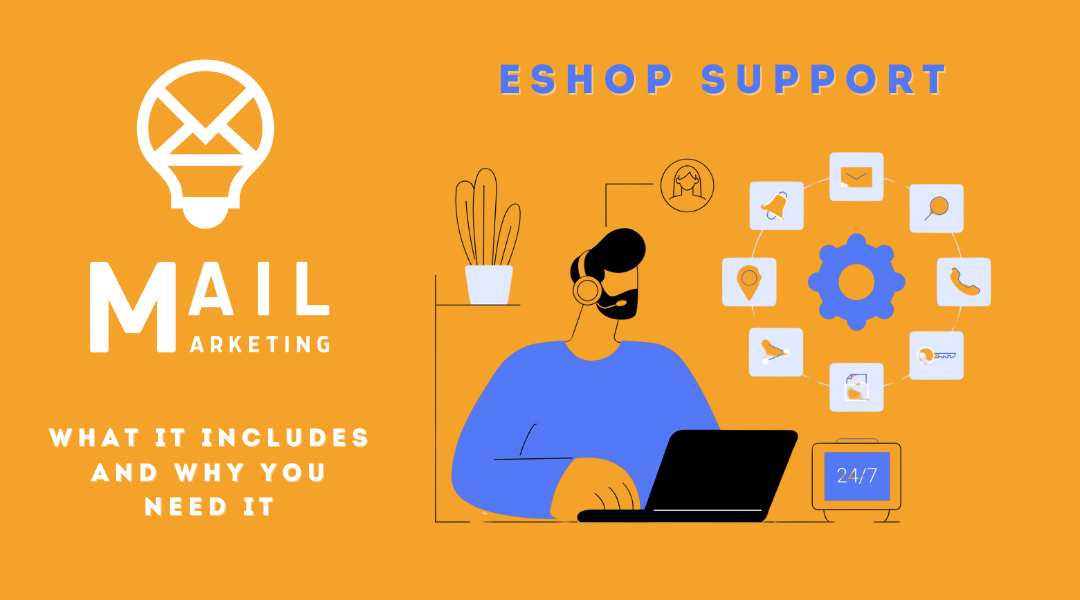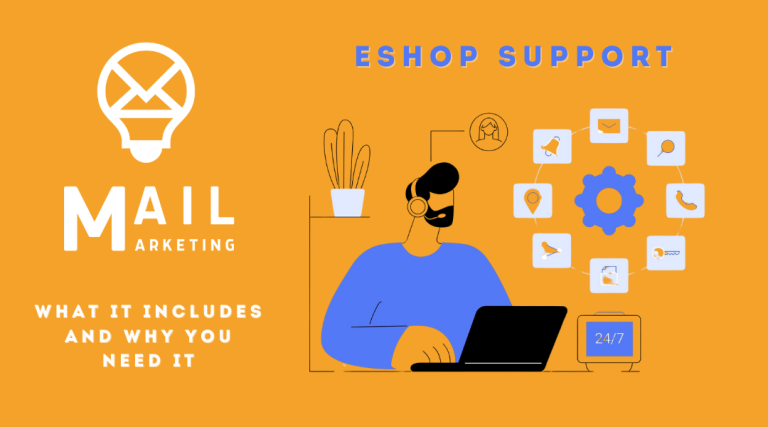10 email marketing mistakes that cost you money.
Once they are understood, you will see email marketing really start to pay off.
Email marketing is a powerful tool for businesses of all sizes. It allows you to reach potential buyers and keep in touch with existing customers. However, there are basic mistakes that many businesses make in terms of email marketing that can cost them money. We'll show you the 10 most common mistakes and why they can be harmful to your business.
#1 - You do not have a quality subscriber list
One of the most common mistakes in email marketing is not building a quality email subscriber list, that is, people who have given their permission to receive your emails and are interested in your products or services. These individuals are more likely to respond to your emails and become customers.
Example: Buying an email list from a third party may seem like a quick way to build your list. However, this practice is not only inefficient, but it can also damage your reputation. You may end up sending emails to people who are not interested in your products or services, which can lead to high abandonment rates and complaints of receiving spam (SPAM) in violation of GDPR.
#2 - SENDING EMAIL WITHOUT A CLEAR PURPOSE
Another common mistake is sending an email without a clear purpose. Your emails should have a specific goal, such as promoting a new product or increasing traffic to your website. Without a clear purpose, your subscribers may be confused about why they are receiving your emails and you may lose potential sales.
Example: Sending a generic newsletter covering a variety of topics without a clear call to action may cause confusion among subscribers. They may not know what action to take, and as a result, they may not take any action at all.
#3 - Not segmenting your email list
Failure to segment your email list is another common mistake. The segmentation shall include dividing your email list into smaller groups based on common characteristics, such as demographics or interests. This allows you to tailor your messages to specific groups and increase the relevance of your emails.
Example: If you own a clothing store, you may want to segment your list by gender, age or location. This allows you to send targeted messages to each group, such as offers on women's clothing or discounts for a specific location.
#4 - Ignoring email design
Overlooking email planning is a mistake that can lead to low engagement rates. Your emails should be visually appealing, easy to read and mobile-friendly. A poorly designed email can turn off subscribers and lead to unsubscribes.
Example: An email with small fonts, messy layout and no images is not attractive to your subscribers and gives the impression of a business communicating with subscribers on the hoof. Would you like to feel that way? They may find it difficult to read the content and, as a result, may not even bother with the email.
#5 - Sending too many emails
Sending too many emails is another mistake that can lead to high unsubscribe rates. While it's important to stay in touch with your subscribers, bombarding them with too many emails can become annoying. Even if your acquaintance did it, every day but every day message, you would find it annoying at some point. So why would you do this to your subscribers?
Example: Sending daily emails about your products or services can quickly become tedious for subscribers. They may feel they are being sent junk mail and, as a result, may unsubscribe from your list.
#6 - Use of general subject lines
Using generic subject lines is a mistake that can lead to low opening rates. Your subject lines should be clear, concise and relevant to the content of your email. Generic subject lines can easily be overlooked and subscribers can delete your email without even opening it.
Example: A subject line that simply says "Newsletter" may not be compelling enough to entice subscribers to open your email. Instead, try using a subject line that highlights a specific benefit or offer, such as "Exclusive sale for subscribers."
#7 - You do not check your email
Not checking your email is another mistake that can hurt your email marketing efforts. It's important to test your emails before you send them to your subscribers to make sure they appear correctly and that there are no errors.
Example: Sending an email with broken links or images that don't display properly can be frustrating for subscribers. They may lose trust in your brand and be less likely to interact with future emails.
#8 - Failure to personalize your emails
Failing to personalize your emails is a mistake that can lead to low engagement rates. Personalization involves using your subscribers' names and other relevant information to make your emails feel more personal and relevant.
Example: Starting an email with "Dear Customer" can be considered impersonal and generic. Instead, try using your subscriber's first name to make the email feel more personalized. But even here, basic mistakes are made. A message that says "Dear George" rather than "Dear George" shows the customer that you're not talking to them, but an impersonal machine.
#9 - Do not include a clear call to action
Not including a clear call to action in your emails is a mistake that can lead to poor performance. The call to action should be clear, concise and easy to find in your email. This can help increase traffic to your website and increase sales.
Example: Sending an email to promote a new product without a clear call to action such as "Check here" or "View Collection" may confuse subscribers. They may not know what actions to take and, therefore, may not make a purchase.
#10 - Ignoring Analytics and Metrics
Overlooking analytics and metrics is a mistake that can hinder email marketing efforts. It's important to track email open ratios, click-to-view ratios and other metrics to determine what's working and what's not in your email campaigns. This can help you make informed decisions about how to improve your email marketing efforts.
Example: Sending an email campaign without tracking open and click-to-view ratios can make it difficult to determine how effective your email was. You may miss opportunities to improve your campaigns and increase subscriber loyalty.
Conclusion
Email marketing can be a powerful tool for businesses, but it's important to avoid the mistakes above. By creating a quality email list, sending emails with a clear purpose, segmenting your list, paying attention to email design, avoiding sending too many emails, using compelling subject lines, testing your emails, personalizing your emails by including a clear call to action, and tracking your analytics and metrics, you can improve your email marketing efforts and achieve your goals in reaching and interacting with your subscribers.
If you found all of the above useful, ask us for a free consultation session 15-30 minutes to show you how we can help you. You will have already seen some examples in case studies Just book your seat with us.






